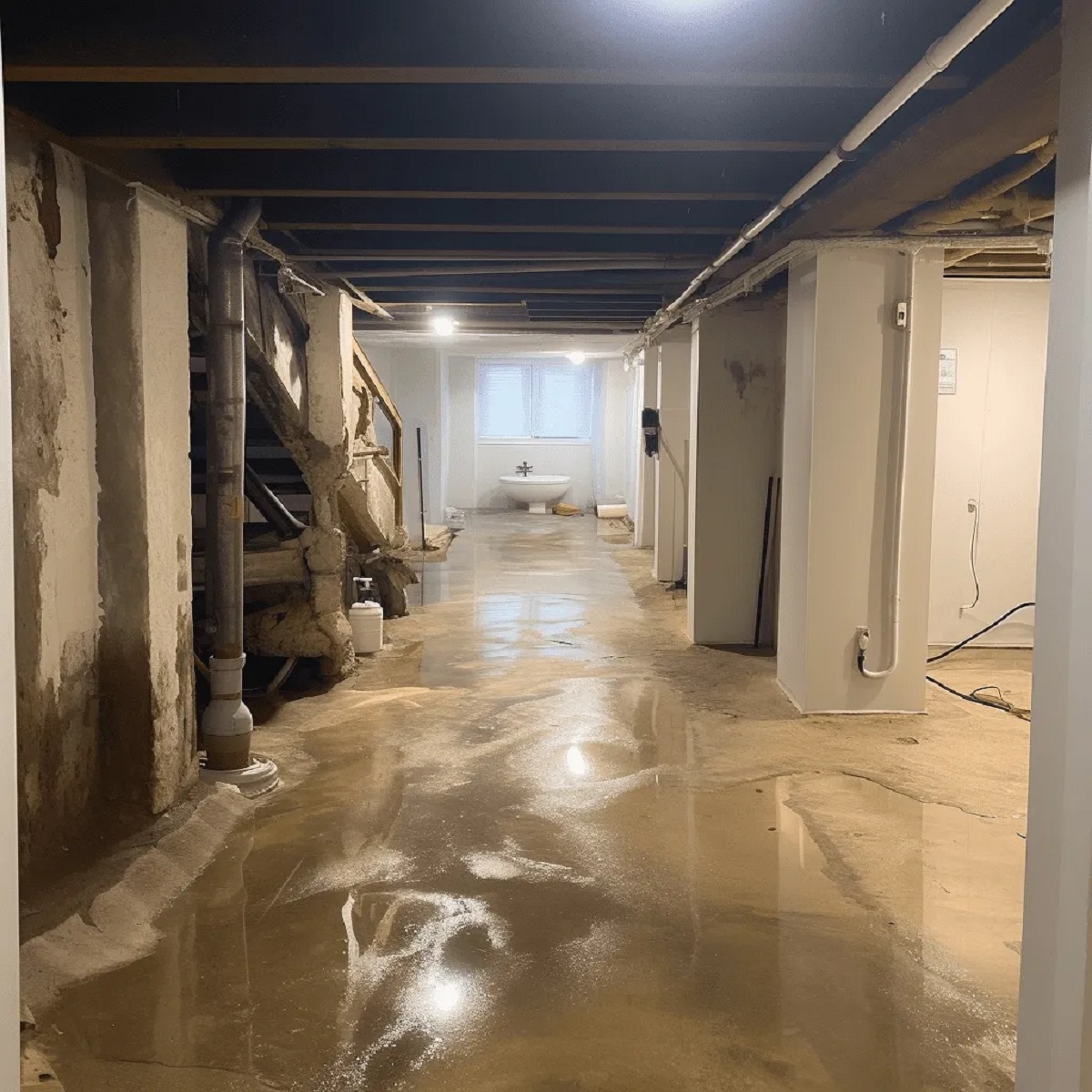

Articles
How To Get Rid Of Sewage Smell In Basement
Modified: September 2, 2024
Eliminate the unpleasant sewage smell in your basement with these helpful articles. Learn effective ways to get rid of the odor and improve indoor air quality.
(Many of the links in this article redirect to a specific reviewed product. Your purchase of these products through affiliate links helps to generate commission for Storables.com, at no extra cost. Learn more)
Introduction
Having a sewage smell in the basement can be a frustrating and unpleasant experience. The pungent odor not only makes it uncomfortable to spend time in the basement but also indicates a potential issue with the plumbing or sewer system. Understanding the causes of sewage smell in basements and knowing how to effectively get rid of it is essential for maintaining a clean and odor-free living space.
There are several factors that can contribute to the sewage smell in a basement. Some common causes include clogged or blocked drains, damaged or cracked pipes, sewer line backups, or inadequate ventilation. Identifying the source of the odor is crucial in order to determine the most appropriate solution for eliminating the sewage smell.
In this article, we will explore the different causes of sewage smell in basements and provide you with practical tips and solutions to effectively get rid of the odor. Whether you want to tackle the issue yourself or seek professional assistance, we’ve got you covered.
So, let’s dive in and learn how to banish that sewage smell once and for all!
Key Takeaways:
- Identify the source of sewage odor in your basement by sniffing around, checking floor drains, inspecting plumbing connections, and considering professional assistance if needed. Once identified, implement appropriate solutions to eliminate the smell effectively.
- Prevent future sewage smell issues in your basement by maintaining regular cleaning, preventing drain clogs, monitoring water usage, ensuring proper ventilation, and addressing plumbing issues promptly. These preventive measures will help keep your basement clean and odor-free.
Read more: How To Get Rid Of Oil Smell In Basement
Understanding the Causes of Sewage Smell in Basements
A sewage smell in the basement can be a result of various factors. By understanding these causes, you can effectively address the underlying issue and eliminate the unpleasant odor.
Clogged or Blocked Drains: One of the most common causes of sewage smell in basements is clogged or blocked drains. Over time, debris, hair, grease, and other substances can accumulate in the drain and create a blockage. This blockage can lead to stagnant water and sewage backup, resulting in a foul smell.
Damaged or Cracked Pipes: Damaged or cracked pipes in the basement can also contribute to sewage smell. Over time, pipes can deteriorate, corrode, or develop cracks, allowing sewer gases to escape and permeate the basement. It is important to inspect the pipes for any signs of damage and repair them promptly to prevent further odor issues.
Sewer Line Backups: Another possible cause of sewage smell is a sewer line backup. When the main sewer line becomes clogged or overwhelmed, sewage can flow back into your basement through the drains. This can result in a strong and persistent odor that is difficult to ignore.
Inadequate Ventilation: Proper ventilation is essential in basements to prevent moisture buildup and eliminate odors. Without adequate airflow, humidity can increase, providing a breeding ground for bacteria and mold. This can lead to a sewage-like smell in the basement.
Other Factors: Other factors such as a dry P-trap, which is a U-shaped pipe that traps water to prevent sewer gas from entering the living space, can also cause a sewage smell in the basement. Additionally, if your basement is located below the sewage ejector pump, any malfunction or failure of the pump can result in a strong odor.
Identifying the specific cause of the sewage smell in your basement is crucial in order to implement the appropriate solution. In the following sections, we will discuss how to identify the source of the odor and provide step-by-step solutions to eliminate the sewage smell from your basement.
Identifying the Source of the Sewage Odor
Before you can effectively get rid of the sewage smell in your basement, it’s important to identify the source of the odor. This will help you determine the best course of action and target the specific problem area.
Here are some steps you can take to identify the source of the sewage odor:
- Sniff around: Start by walking around your basement and carefully sniffing the air. Try to locate the areas where the smell is the strongest. Keep in mind that the smell may not necessarily be coming from the spot where it is most noticeable. Sewer gases can travel through vents, cracks, and pipes, making it tricky to pinpoint the exact source.
- Check floor drains and traps: Inspect the floor drains in your basement. Remove the cover if necessary and look for any buildup of debris or signs of a blockage. Also, check the floor drain traps, which are usually located beneath the cover. If the trap is dry, it can allow sewer gases to escape. Pour some water into the drain to refill the trap and prevent odors from coming up.
- Inspect plumbing connections: Examine the plumbing connections in your basement, including pipes, fittings, and joints. Look for any signs of leakage, cracks, or damage. Even a small crack can allow sewer gases to escape and cause a noticeable odor.
- Check for sewer line backups: If your basement smells strongly of sewage and you notice water backing up from drains, toilets, or sinks, it could indicate a sewer line backup. In this case, it is advised to contact a professional plumber to resolve the issue.
- Consider professional assistance: If you are unable to identify the source of the sewage smell or if the odor persists despite your efforts, it may be best to seek the help of a professional. They have the expertise and tools to accurately diagnose and address the issue.
By following these steps, you should be able to narrow down the source of the sewage odor in your basement. Once you have identified the problem area, you can proceed to the appropriate solution to effectively eliminate the smell.
Cleaning and Removing Sewage Smell from Basement Floors
If you’ve determined that the sewage smell in your basement is coming from the floors, it’s crucial to clean and remove the odor promptly. Here’s a step-by-step guide to help you get rid of the sewage smell from your basement floors:
- Clear the area: Begin by removing any objects or furniture from the affected area to ensure easy access to the floor. This will allow you to thoroughly clean the floor and treat the source of the odor.
- Wear protective gear: Before starting the cleaning process, put on protective gear, including gloves, a mask, and goggles. This will protect you from any potential contaminants and harmful substances.
- Clean the floor: Use a mop or sponge to clean the floor with a mixture of warm water and a mild detergent. Scrub the floor gently, paying close attention to any visible stains or areas with residue. Rinse the floor thoroughly with clean water to remove any soap residue.
- Disinfect the floor: After cleaning, it’s important to disinfect the floor to kill any bacteria or microorganisms that may be causing the sewage smell. You can use a disinfectant cleaner or a mixture of bleach and water (follow the instructions on the bleach bottle for appropriate dilution) to thoroughly disinfect the floor. Remember to wear gloves and ensure proper ventilation when working with bleach.
- Absorb moisture: If there is any excess moisture or water on the floor, use absorbent towels or a wet-dry vacuum to remove it. Moisture can contribute to the growth of mold and bacteria, which can further worsen the sewage odor.
- Use odor-neutralizing products: After cleaning and disinfecting the floor, you can use odor-neutralizing products specifically designed to eliminate strong odors. Look for enzymatic cleaners or odor absorbers that are safe to use on various flooring types. Follow the instructions on the product and apply it to the floor as directed.
- Allow for proper ventilation: Open windows and doors, and use fans or dehumidifiers to promote airflow and help dry out the basement. Fresh air circulation will aid in reducing the odor and maintaining a pleasant environment.
Remember to read and follow the instructions on all cleaning and disinfecting products to ensure their safe and effective use. Additionally, if the sewage smell persists or returns after cleaning the floors, it may be necessary to address other potential sources or call in professional help to resolve the issue.
By following these steps and maintaining proper cleanliness and hygiene, you can effectively clean the basement floors and eliminate the sewage smell, creating a fresh and pleasant space.
Clearing Clogs and Blockages in Basement Drains
If your basement sewage smell is caused by clogged or blocked drains, it is crucial to address this issue promptly. Clearing the clogs and blockages will not only eliminate the foul odor but also ensure proper drainage. Follow these steps to clear clogs and blockages in your basement drains:
- Gather necessary tools: Before starting, gather the tools you’ll need, such as a plunger, plumber’s snake, bucket, and rubber gloves. These tools will help you in effectively clearing the clogs and blockages.
- Remove visible debris: In some cases, the clog may be caused by visible debris near the drain opening. Use a gloved hand or a pair of pliers to remove any hair, lint, or other materials that may be obstructing the drain.
- Plunge the drain: If the clog is not too severe, you can use a plunger to try and dislodge it. Place the plunger over the drain, ensuring a tight seal, and vigorously pump up and down to create suction. Repeat this several times to see if the clog clears.
- Use a plumber’s snake: If the plunger does not work, you can use a plumber’s snake, also known as a drain auger. Insert the snake into the drain and twist it clockwise while pushing it forward. This will help break up the clog and allow water to flow freely. Be cautious not to damage the pipes while using the snake.
- Try a drain cleaning solution: If the clog persists, you can use a drain cleaning solution specifically designed to break up clogs. Follow the instructions carefully, as these products can be strong and may require protective gear. Pour the recommended amount of the solution down the drain and wait for the specified time before flushing it with hot water.
- Repeat if necessary: In some cases, stubborn clogs may require multiple attempts to clear. Be patient and persistent, repeating the above steps as needed until the clog is completely cleared.
- Prevent future clogs: Once the clog is cleared, take preventive measures to minimize the likelihood of future clogs. Use drain strainers to catch hair and debris, avoid pouring grease or oil down the drain, and periodically flush the drains with hot water to help keep them clean and clear.
If your attempts to clear the clogs and blockages are unsuccessful or if you are unsure about handling the issue yourself, it is recommended to contact a professional plumber. They have the expertise and tools to effectively diagnose and resolve more severe drain blockages.
By following these steps and taking preventive measures, you can successfully clear clogs and blockages in your basement drains, ensuring proper drainage and eliminating the sewage smell.
Read more: How Do I Get Rid Of Musty Smell In Basement
Repairing and Sealing Cracks in Basement Walls and Floors
Cracks in basement walls and floors can be a common cause of sewage smell in the basement. These cracks can allow sewer gases to seep into the living space, resulting in an unpleasant odor. Repairing and sealing these cracks is essential to prevent further odor issues. Follow these steps to repair and seal cracks in your basement walls and floors:
- Inspect for cracks: Carefully examine the walls and floors of your basement to identify any cracks. Look for both visible cracks as well as areas with efflorescence, which are white or chalky deposits caused by water seepage.
- Clean the area: Before repairing the cracks, make sure the area is clean and free from debris. Use a stiff brush or a vacuum cleaner to remove any loose dirt or particles.
- Choose the appropriate repair material: Depending on the size and severity of the cracks, you can choose the appropriate repair material. For small cracks, you can opt for a flexible elastomeric sealant or epoxy resin. For larger cracks, consider using hydraulic cement or polyurethane foam injection.
- Prepare the crack: Use a chisel, wire brush, or grinder to widen the crack slightly. This will create a better surface for the repair material to adhere to. Remove any loose material or debris from the crack.
- Apply the repair material: Follow the instructions on the chosen repair material and apply it to the crack using a trowel or putty knife. Make sure to fill the crack completely and smooth the surface for a seamless finish.
- Allow for proper curing: Let the repair material cure and dry according to the manufacturer’s instructions. This may involve keeping the area well-ventilated and avoiding foot traffic for a certain period of time.
- Seal the repaired area: Once the repair material has cured, it’s important to seal the repaired area to prevent future moisture and odor issues. Use a waterproofing sealer or paint to coat the repaired crack and surrounding area. This will help protect against water intrusion and further damage.
It’s worth noting that if you notice recurring cracks or extensive damage in your basement walls or floors, it is recommended to consult a professional contractor or structural engineer. They can assess the situation and provide expert guidance on the best repair approach to ensure the long-term stability of your basement.
By properly repairing and sealing cracks in your basement walls and floors, you can effectively prevent sewage odors from permeating your living space and maintain a clean and odor-free environment.
To get rid of sewage smell in the basement, try pouring a mixture of hot water and baking soda down the drains, followed by white vinegar. Let it sit for 15 minutes, then flush with hot water. Repeat as needed.
Ensuring Proper Ventilation in the Basement
Proper ventilation is crucial in a basement to prevent moisture buildup and eliminate the sewage smell. Inadequate airflow can lead to stagnant air, high humidity levels, and the growth of mold and bacteria. Follow these steps to ensure proper ventilation in your basement:
- Open windows and doors: Whenever weather permits, open windows and doors in the basement to allow fresh air to circulate. This will help eliminate odors and improve air quality.
- Install exhaust fans: Consider installing exhaust fans in your basement to enhance airflow and remove excess moisture. Position the fans strategically in areas prone to dampness, such as near the laundry area, bathroom, or kitchenette.
- Use portable fans: If installing exhaust fans is not feasible, you can utilize portable fans to improve air circulation. Place the fans in strategic positions to direct airflow and help remove stagnant air from the basement.
- Invest in a dehumidifier: Basements are prone to high humidity levels, which can contribute to the growth of mold and mildew. A dehumidifier can help remove excess moisture from the air, ensuring a drier and more comfortable environment.
- Keep vents and air ducts clean: Regularly inspect and clean the vents and air ducts in your basement to remove dirt, dust, and debris that can hinder proper airflow. Blocked or clogged vents can contribute to poor ventilation and the presence of unpleasant odors.
- Seal cracks and gaps: Inspect the walls, floors, and windows of your basement for any cracks or gaps. Seal them with caulk or weatherstripping to prevent outside air, as well as unwanted odors, from seeping into the basement.
- Install a basement window well cover: If your basement has windows that are at or below ground level, consider installing window well covers. These covers help prevent water infiltration and allow for natural light and air flow while keeping out debris and pests.
- Control humidity: In addition to using a dehumidifier, take steps to control humidity in your basement. Avoid drying clothes in the basement, fix any plumbing leaks promptly, and use moisture-absorbing materials like desiccants or moisture absorber bags.
By implementing these ventilation strategies, you can significantly improve the air quality in your basement, reduce moisture levels, and eliminate the sewage smell. Remember to consistently maintain good ventilation practices to ensure a fresh and healthy living environment.
Using Deodorizers and Air Fresheners to Eliminate Sewage Odor
When dealing with a persistent sewage odor in your basement, using deodorizers and air fresheners can help mask the unpleasant smell and create a more pleasant environment. While these products may not address the underlying cause of the odor, they can provide temporary relief. Here are some tips for effectively using deodorizers and air fresheners:
- Select the right product: Look for deodorizers and air fresheners specifically designed to combat strong odors. Choose products that contain odor-neutralizing ingredients or enzymes that can effectively break down and eliminate unpleasant smells.
- Consider natural options: If you prefer a more eco-friendly approach, there are natural alternatives available. Essential oils, such as tea tree oil, eucalyptus oil, or lemon oil, can be diluted with water and used as natural deodorizers. Alternatively, you can place bowls of distilled white vinegar around the basement to absorb odors.
- Follow instructions: Read and follow the instructions provided by the manufacturer when using deodorizers and air fresheners. Be mindful of any specific application methods, recommended quantities, or safety precautions.
- Target problem areas: Identify specific areas where the sewage odor is the strongest and focus on treating those areas directly with the deodorizer or air freshener. Pay attention to floor drains, cracks, or other potential sources of the smell.
- Use ventilation alongside: While deodorizers and air fresheners can provide temporary relief, it’s important to also ensure proper ventilation in your basement. Open windows and doors, use fans, or install exhaust fans to improve airflow and help eliminate odors.
- Maintain cleanliness: Regularly clean your basement to remove any sources of odors. Vacuum or sweep the floors to remove dirt and debris, wash any fabric items such as rugs or curtains, and clean drains to prevent buildup and potential odor issues.
- Test in a small area: Before applying deodorizers or air fresheners to a large area, it’s advisable to test them in a small, inconspicuous spot to ensure they do not cause any discoloration or damage.
- Don’t rely solely on air fresheners: Remember that while deodorizers and air fresheners can temporarily improve the smell in your basement, they do not address the root cause of the odor. It’s important to identify and address any underlying issues to effectively eliminate the sewage smell.
Using deodorizers and air fresheners can provide a temporary solution to mask the sewage odor in your basement. However, it’s important to note that these products are not a long-term solution and should be used in conjunction with other odor elimination methods.
If the sewage smell persists despite your efforts, it may be necessary to seek professional help to diagnose and resolve the underlying cause of the odor.
Calling in Professional Help for Persistent Sewage Smell
If you have tried various methods to eliminate the sewage smell in your basement but the odor persists, it may be time to call in professional help. Experienced plumbers and odor removal specialists have the knowledge, expertise, and specialized equipment to diagnose and address persistent sewage smells. Here’s why it’s important to consider professional assistance:
- Expert diagnosis: Professionals have the expertise to accurately diagnose the underlying cause of the sewage smell. They can identify hidden issues such as sewer line leaks, blocked vents, or damaged pipes that may be contributing to the odor.
- Specialized equipment: Professional odor removal specialists have specialized equipment and tools to detect and neutralize odor-causing bacteria and gases. They are equipped to thoroughly clean and deodorize the affected areas.
- Safety assurance: Dealing with sewage smell can pose health risks. Professionals have the necessary safety equipment and training to handle hazardous substances and minimize the risk of exposure to harmful bacteria or gases.
- Comprehensive solutions: Professionals can provide comprehensive solutions tailored to your specific situation. They can address both the source of the odor and any structural or plumbing issues contributing to the problem. This comprehensive approach ensures a long-term solution rather than just a temporary fix.
- Peace of mind: Hiring professionals gives you peace of mind knowing that the problem is being handled by experienced professionals. They will take care of the odor issue, allowing you to focus on other aspects of your home and ensuring a safe and pleasant living environment.
- Preventing further damage: Persistent sewage smells may indicate more significant issues such as sewer line backups or leaks. By calling in professionals, you can address these issues promptly, preventing further damage to your basement and plumbing system.
However, before hiring professionals, do your research and choose a reputable and experienced company. Read reviews, ask for recommendations, and inquire about their qualifications and certifications. It’s important to communicate your concerns and provide them with all relevant information to ensure an accurate assessment and effective resolution of the sewage smell issue.
Remember, persistent sewage smells should not be ignored, as they may indicate more significant problems. Calling in professional help is a proactive step towards resolving the issue and restoring a clean and odor-free basement.
Read more: How To Get Basement Smell Out Of Basement
Preventing Future Sewage Smell Issues in the Basement
To avoid future sewage smell issues in your basement, it’s essential to implement preventive measures that can help maintain a clean and odor-free environment. Here are some effective strategies to prevent sewage smell problems:
- Maintain regular cleaning: Keep your basement clean by regularly sweeping or vacuuming the floors, wiping down surfaces, and cleaning drains. Removing dirt, debris, and any potential sources of odor can minimize the risk of sewage smells.
- Prevent drain clogs: Avoid clogs in your basement drains by using drain strainers or screens to catch hair, food particles, and other debris. Regularly clean the strainers to prevent blockages and the subsequent release of unpleasant odors.
- Dispose of waste properly: Do not dispose of items such as grease, oil, sanitary products, or paper towels down the drains or toilets. Properly dispose of these items in designated waste containers to prevent clogs and backups.
- Monitor water usage: Be mindful of water usage in your household. Excessive water usage can lead to overburdened sewer systems and backups. Consider using water-saving fixtures and appliances to reduce the strain on your plumbing system.
- Regularly inspect plumbing: Inspect your basement’s plumbing system for any signs of leaks, cracks, or damage. Promptly repair any issues to prevent sewer gases from escaping and causing odors. Consider scheduling regular plumbing maintenance to catch any potential problems early on.
- Keep floor drains traps filled: Floor drains in the basement have a trap that should always contain water to prevent sewer gases from entering your living space. If you have floor drains that are rarely used, periodically flush water down them to ensure the traps stay filled.
- Ensure proper ventilation: Maintain adequate ventilation in your basement by opening windows and doors when weather permits or utilizing fans and exhaust systems. Good airflow helps prevent moisture buildup and reduces the chances of odors developing.
- Regularly check basement seals: Inspect the seals around windows, doors, and utility openings in your basement. Repair or replace any damaged or deteriorated seals to prevent outside odors from entering the basement.
- Monitor sewer line maintenance: If you have a sewer line connected to your basement, it’s important to monitor its maintenance. Regular inspections and professional cleanings can help identify and prevent any potential blockages or backups that could lead to sewage smells.
- Address issues promptly: If you notice any signs of plumbing issues, leaks, or unusual smells in your basement, address them promptly. Ignoring or delaying necessary repairs can worsen the problem and lead to more severe sewage odor issues.
By implementing these preventive measures, you can reduce the chances of experiencing sewage smells in your basement. Regular maintenance, good habits, and prompt attention to any issues will help keep your basement clean, fresh, and free from unpleasant odors.
Conclusion
Dealing with a sewage smell in the basement can be a challenging and unpleasant experience, but with the right knowledge and actions, you can effectively eliminate the odor and prevent future issues. By understanding the causes of sewage smell, identifying the source, and taking appropriate steps, you can restore a clean and odor-free living space.
Whether it’s clearing clogs, repairing cracks, ensuring proper ventilation, or using deodorizers, each strategy plays a crucial role in eliminating the sewage smell and maintaining a pleasant environment. It is important to address the root cause of the odor rather than relying solely on temporary solutions.
Professional help should be considered if the sewage smell persists or if there are more complex plumbing or structural issues. Experienced professionals have the expertise, tools, and knowledge to accurately diagnose and address persistent odor problems.
Prevention is key to avoiding future sewage smell issues in the basement. By implementing preventive measures such as regular cleaning, drain maintenance, proper waste disposal, regular inspections, and maintenance, you can significantly reduce the chances of experiencing unpleasant odors.
Remember, each individual situation may vary, and it’s crucial to assess your own basement’s specific needs. By following the tips and strategies outlined in this article, you can achieve a clean, fresh, and odor-free basement.
Take control of your basement’s environment, address any odor issues promptly, and enjoy a clean and comfortable living space for years to come.
Frequently Asked Questions about How To Get Rid Of Sewage Smell In Basement
Was this page helpful?
At Storables.com, we guarantee accurate and reliable information. Our content, validated by Expert Board Contributors, is crafted following stringent Editorial Policies. We're committed to providing you with well-researched, expert-backed insights for all your informational needs.
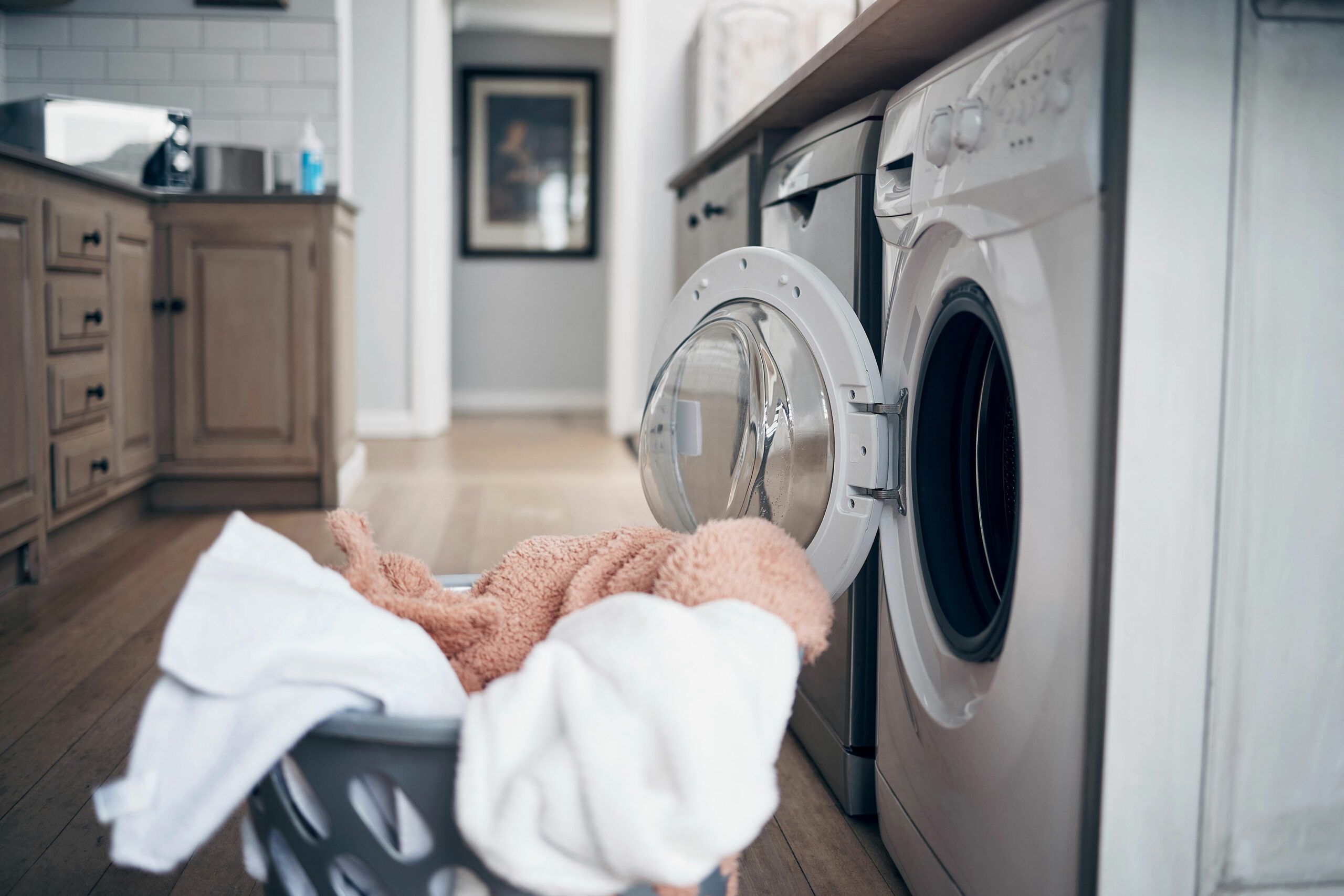
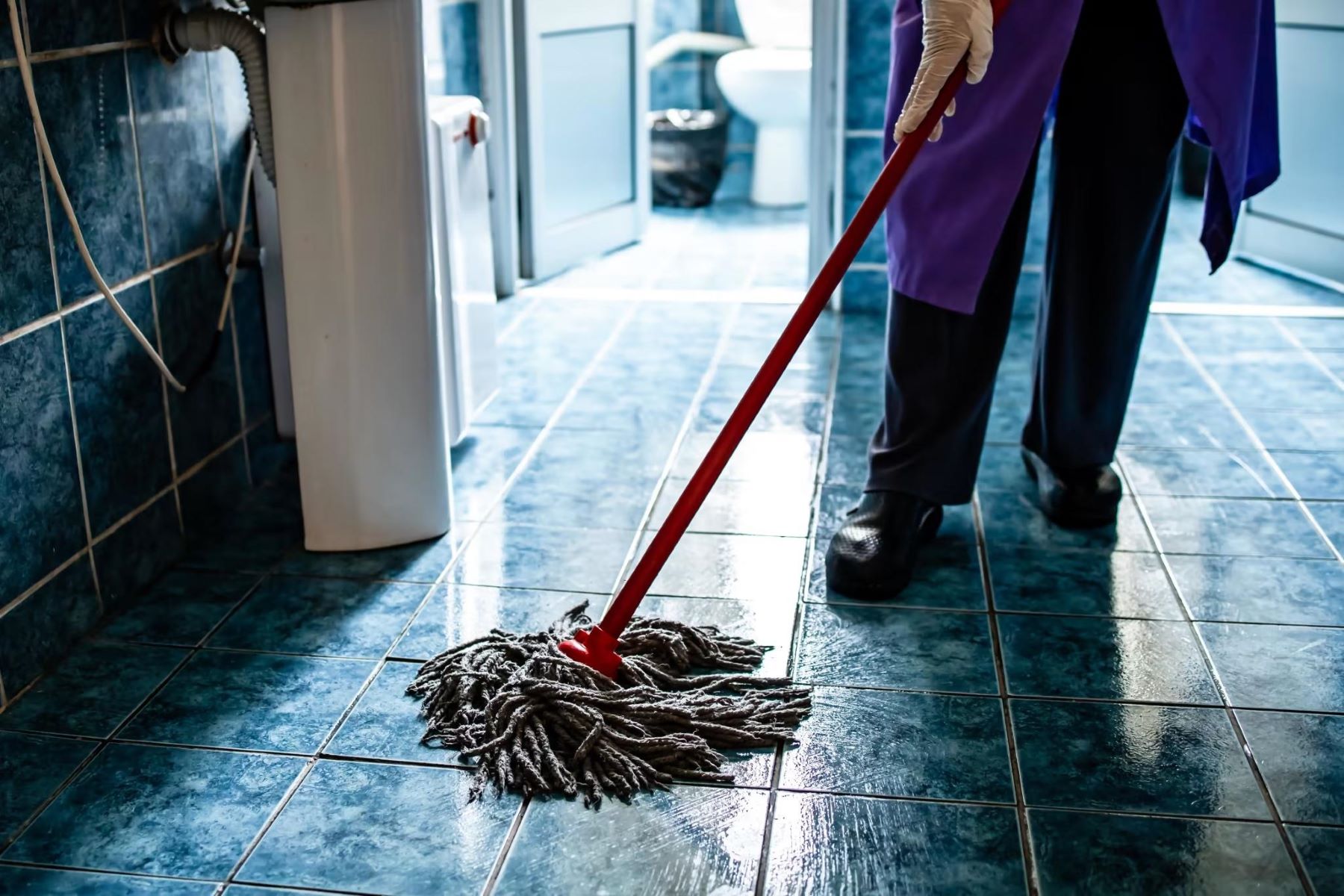

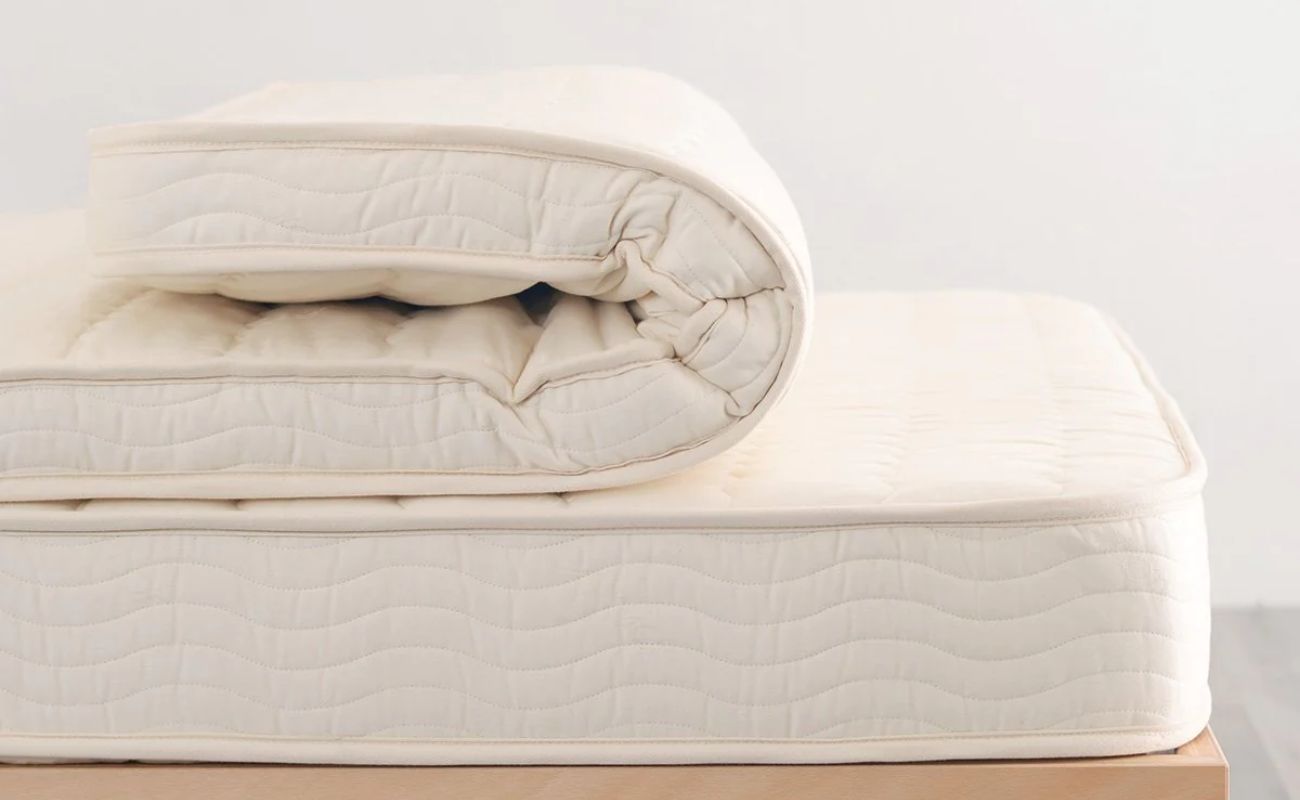
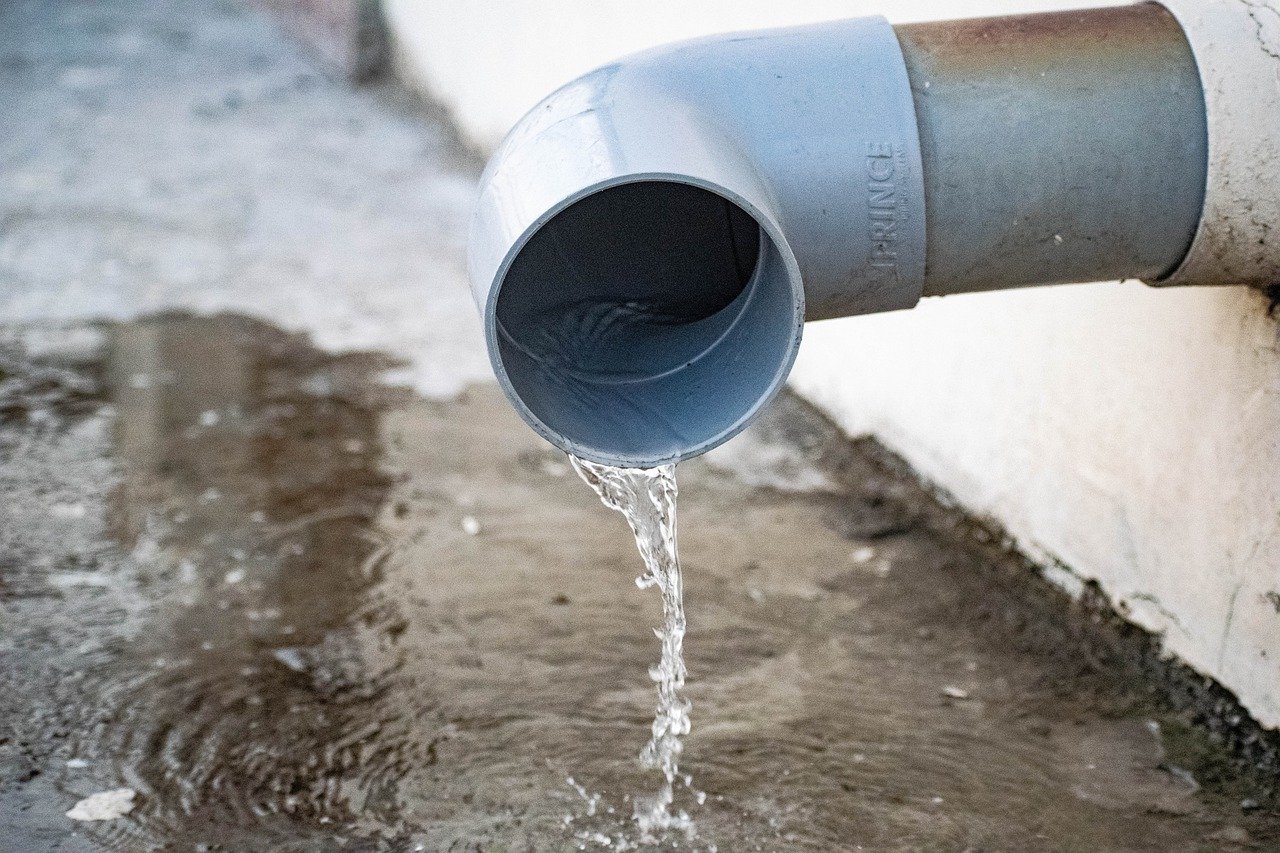
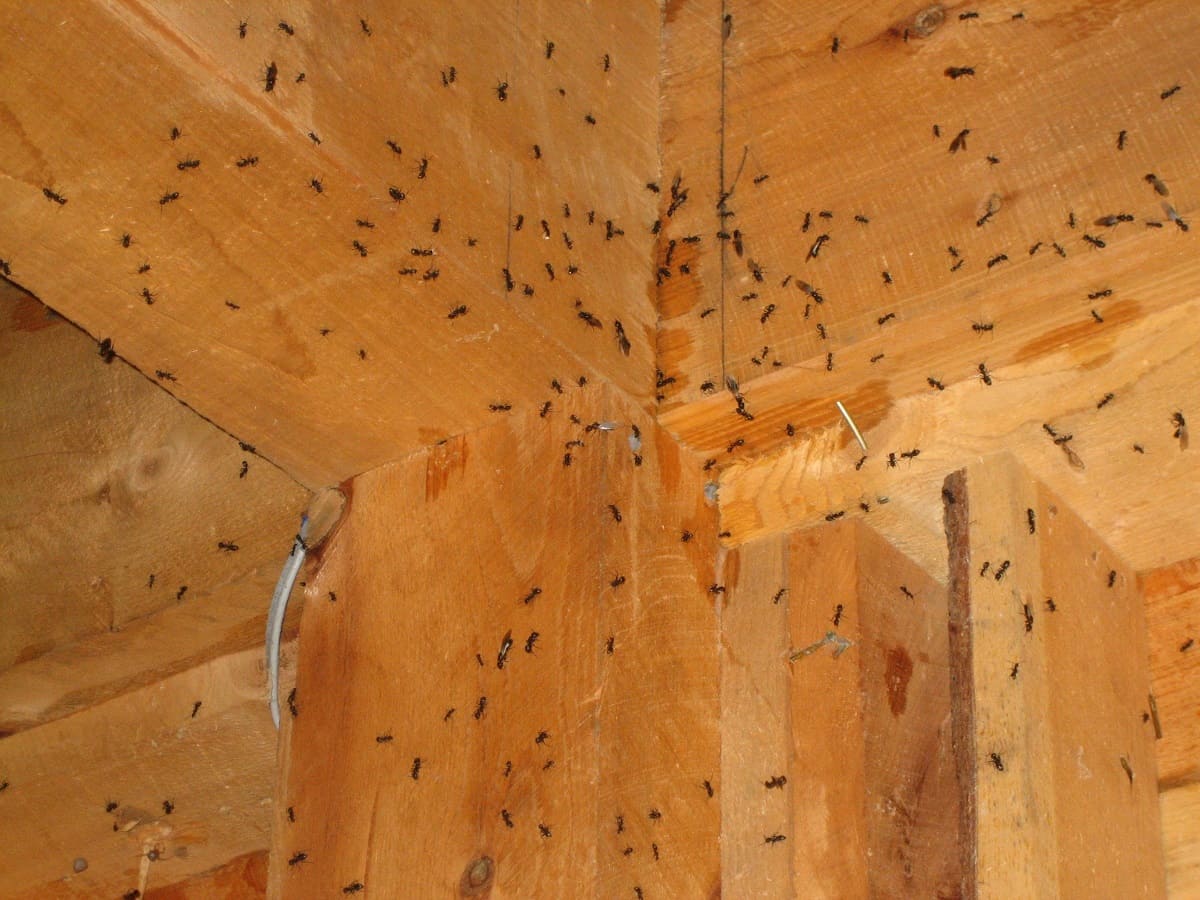
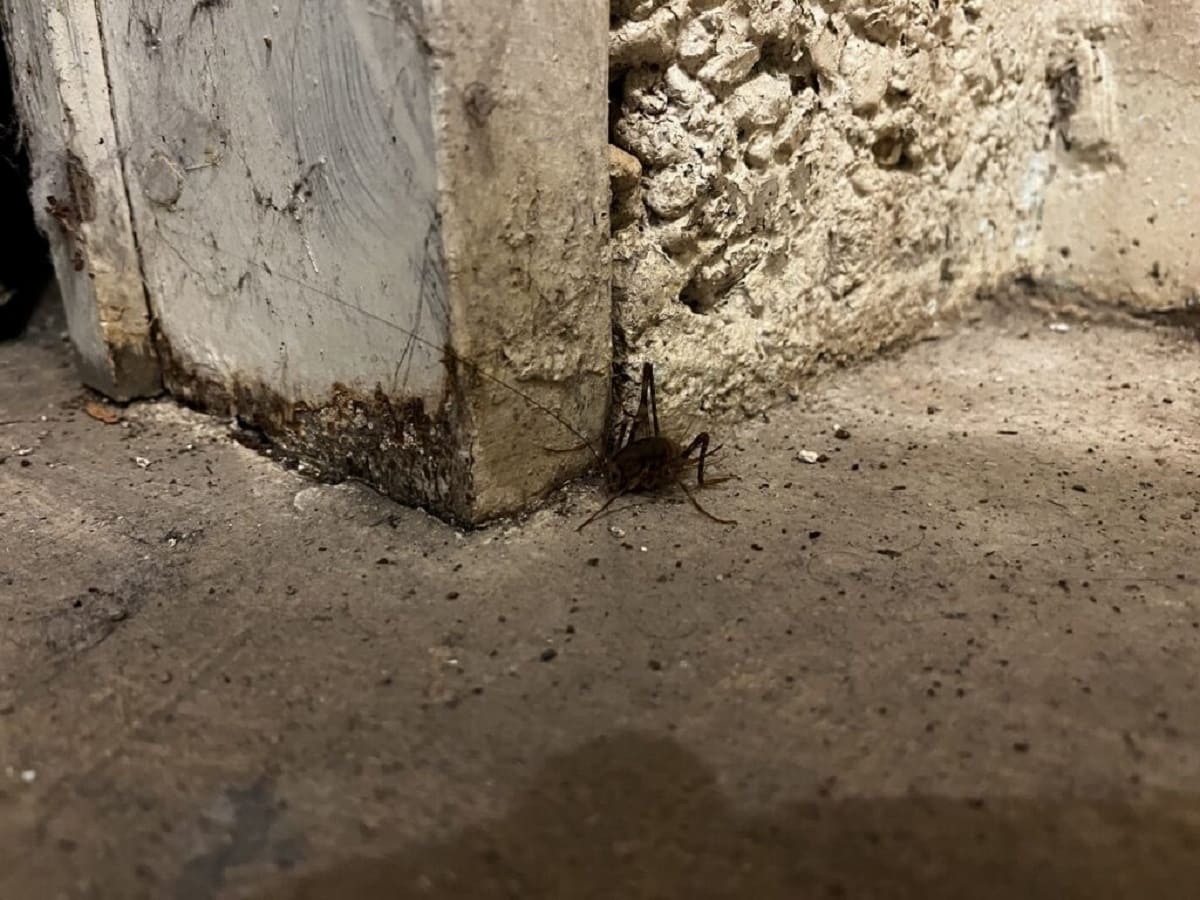
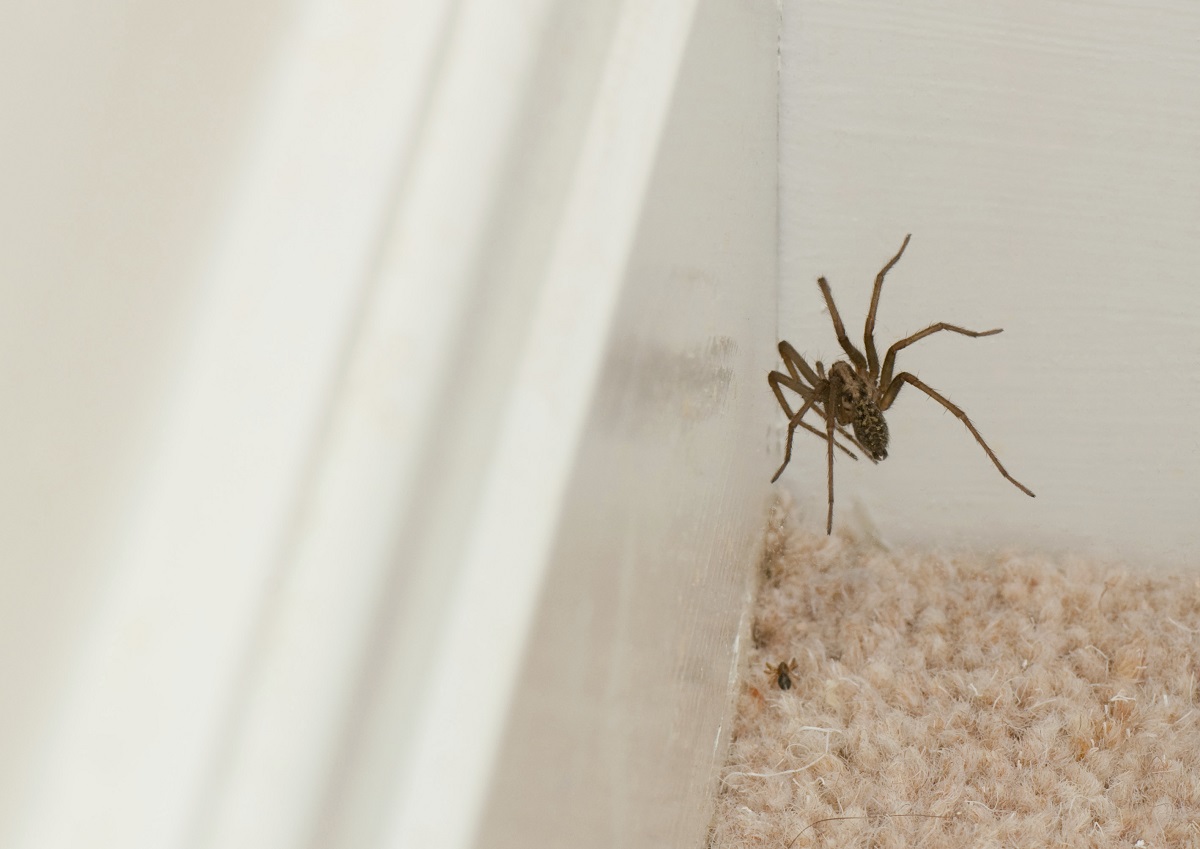
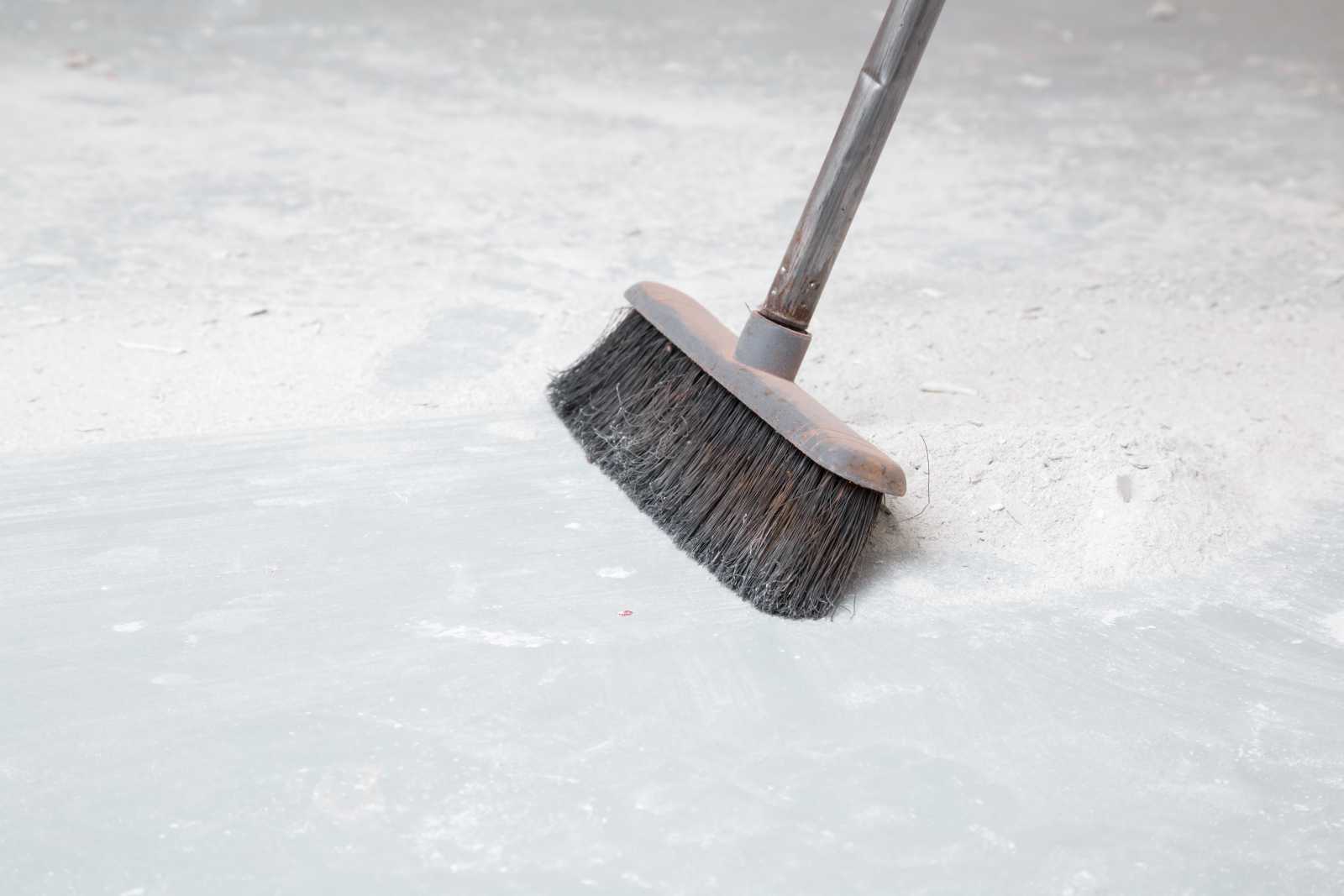
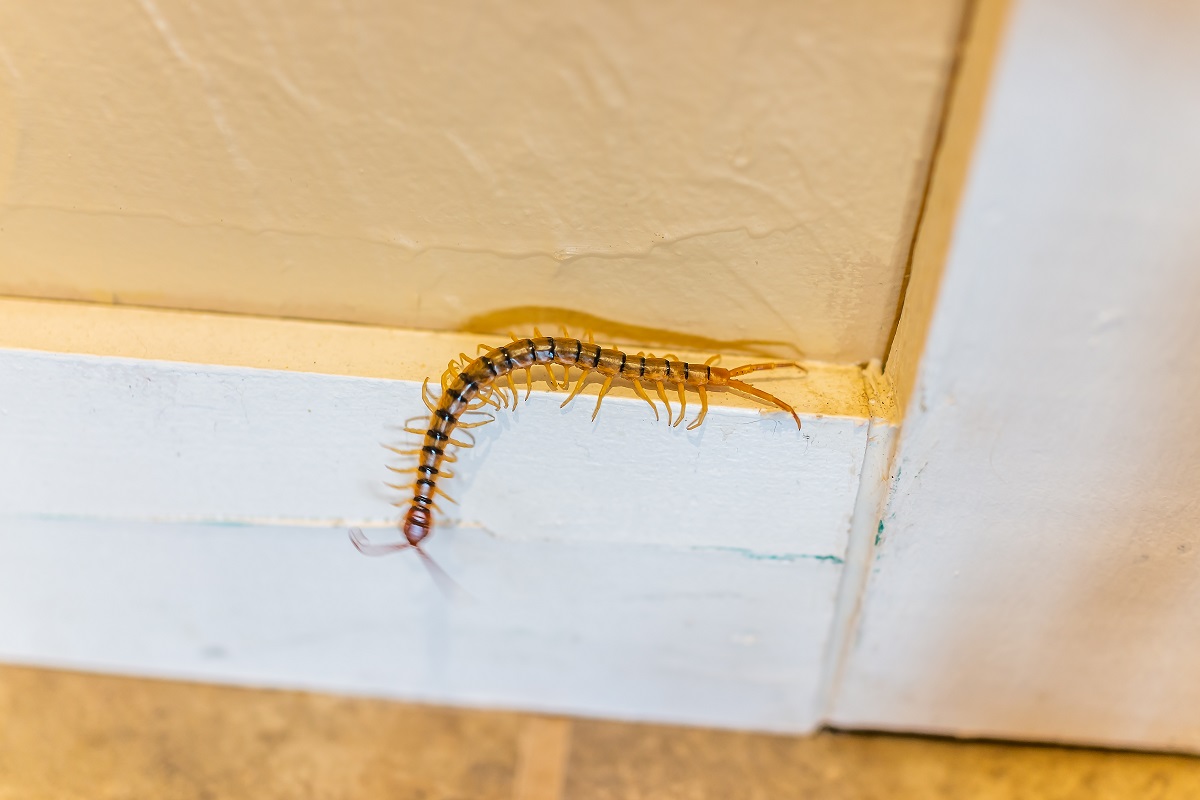
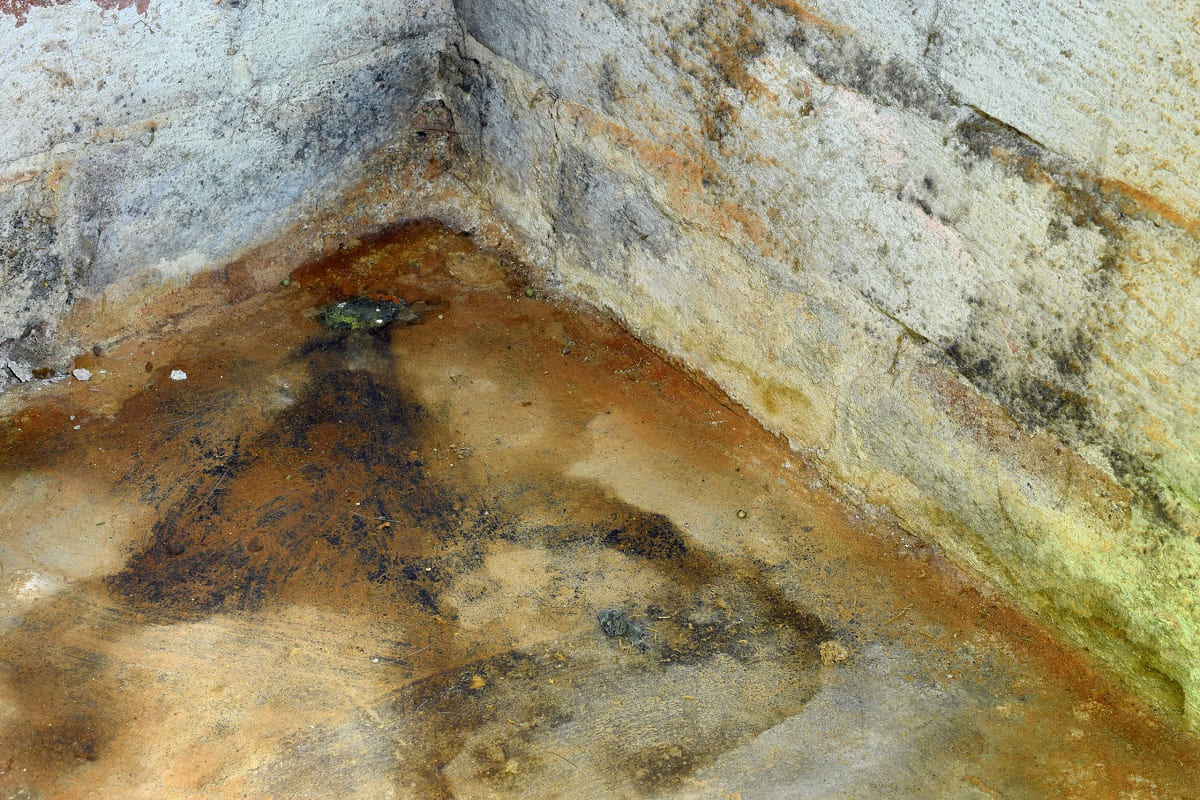

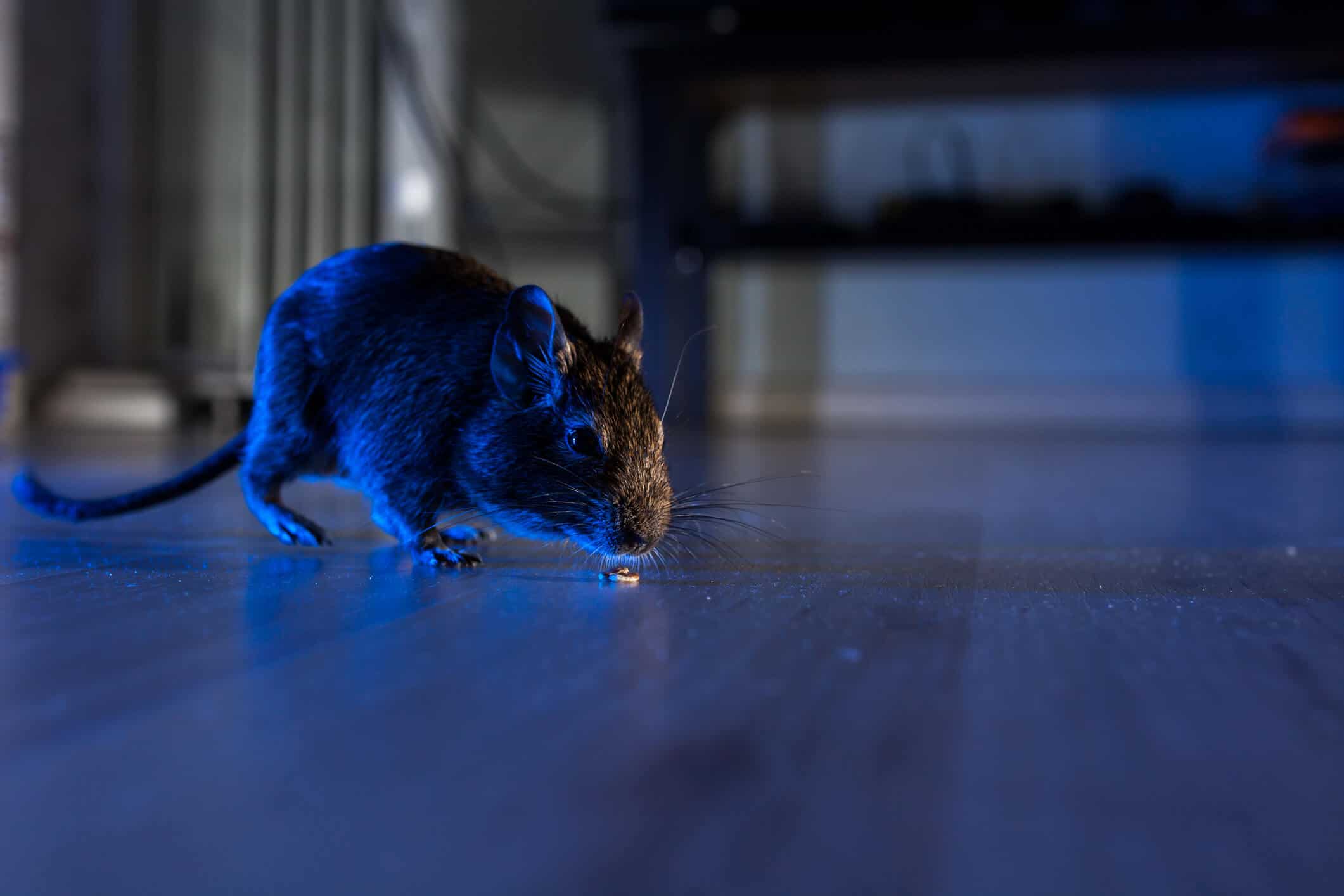

0 thoughts on “How To Get Rid Of Sewage Smell In Basement”